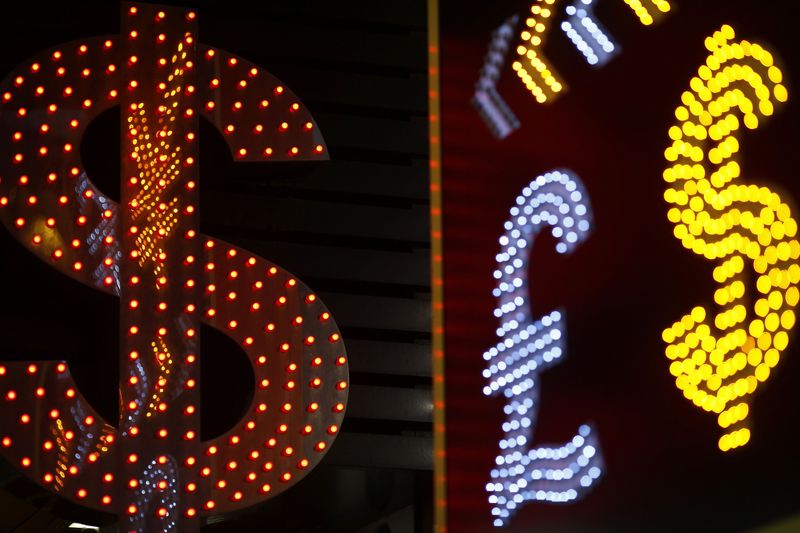By Swati Pandey
SYDNEY, June 25 (Reuters) - The Australian and New Zealand dollars were on track for a sixth straight session of gains on Tuesday against a U.S. dollar weakened by expectations for an aggressive cut in interest rates by the Federal Reserve next month.
The Australian dollar AUD=D4 climbed to a two-week high of $0.6972 and was last quoted at $0.6965.
The New Zealand dollar NZD=D4 also jumped to a two-week top of $0.6646.
The six-day rally in the two currencies comes as yields on U.S. Treasuries inched lower with Fed futures 0#FF: fully pricing in a quarter-point easing and a real-chance of a 50 basis point cut at the next FOMC meeting in July. MKTS/GLOB
The strength in the antipodean currencies was limited to the U.S. dollar, however, as Australian and New Zealand central banks themselves are on an easing path.
Against the Japanese yen AUDJPY=R NZDJPY=R and the euro EURAUD=R EURNZD=R the currencies were hovering near multi-month lows.
The Reserve Bank of Australia (RBA) is widely expected to cut interest rates to a new record low of 1.00% at its July 2 meeting after already lowering once in June.
However, given more aggressive pricing for the Fed many analysts expect the Aussie may not fall much further despite easings at home, a concern that RBA Governor Philip Lowe highlighted on Monday.
"But if everyone is easing, there is no exchange-rate channel," Lowe told a public forum in Canberra. "We trade with one another, we don't trade with Mars, so if everyone's easing, the effect that we get from exchange-rate depreciation via the transmission mechanism isn't there."
Across the Tasman Sea, the kiwi dollar faces a hurdle on Wednesday when the Reserve Bank of New Zealand (RBNZ) holds a policy meeting at which it is expected to echo the dovish sentiments of other central banks.
"We expect the RBNZ to keep the cash rate on hold at 1.50% at tomorrow's meeting with the Bank shifting to an easing bias, paving the way for a cut at the August meeting," said Prashant Newnaha, senior Asia-Pacific rates strategist at Singapore-based TD Securities.
"If the RBNZ cuts, the NZD should should drop 1% or more. From current levels this implies a 0.6550 target. If there is no easing bias, then the NZD should rise 0.5%."
New Zealand government bonds 0#NZTSY= were barely moved.
Australian government bond futures were mostly flat too, with the three-year and the 10-year bond contracts YTTc1
YTCc1 up half a tick at 99.140 and 98.705 respectively. (Editing by Simon Cameron-Moore)
